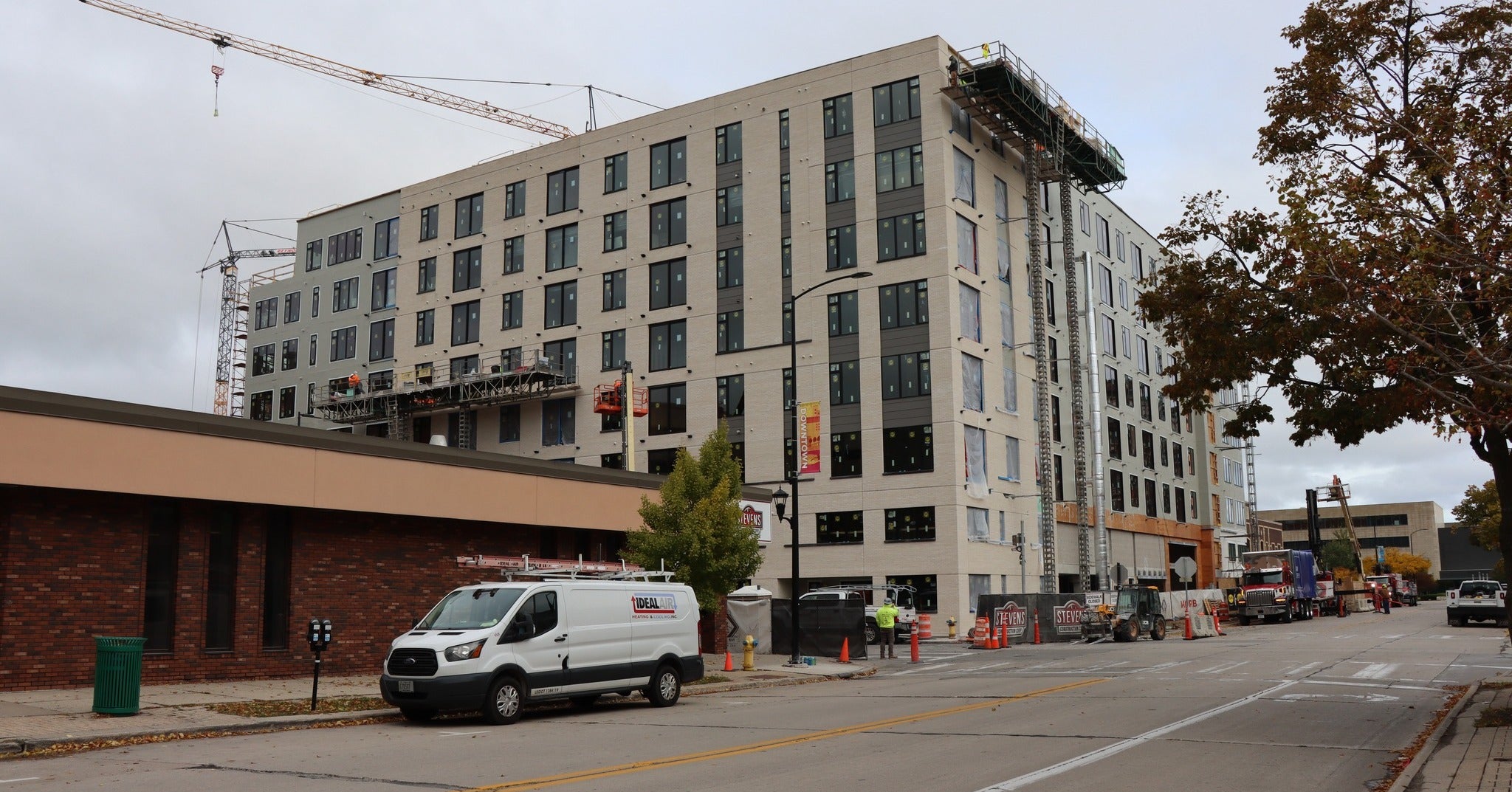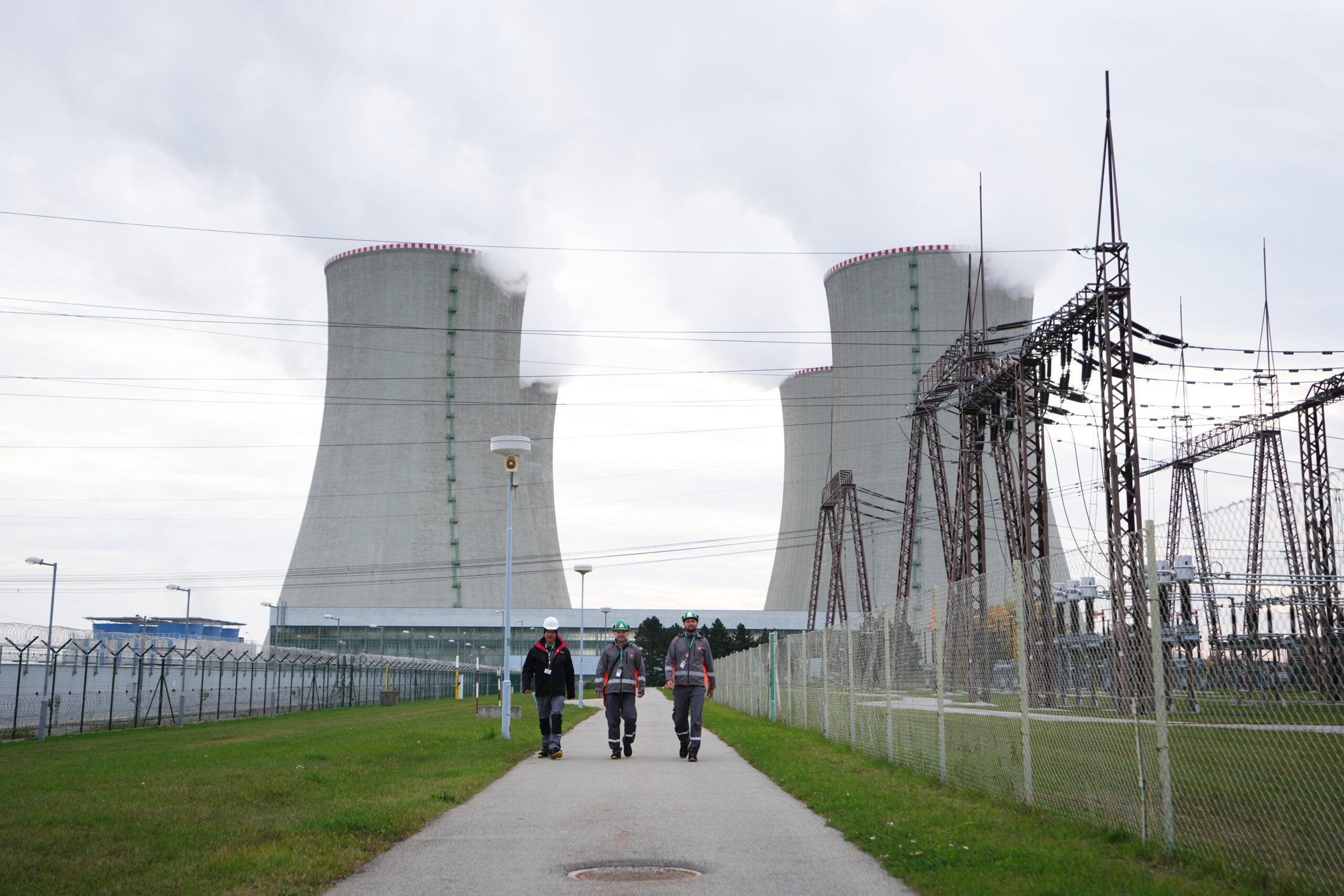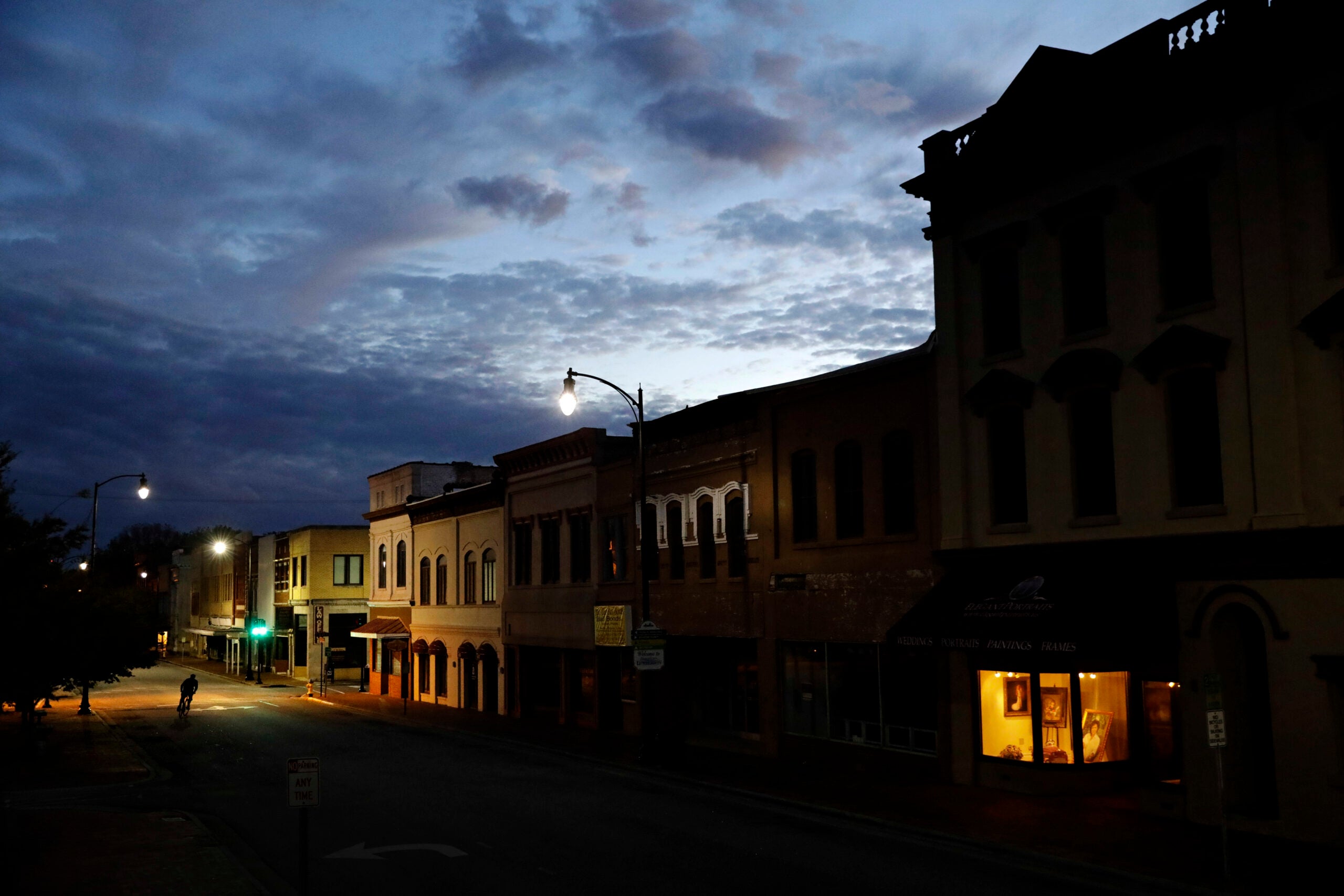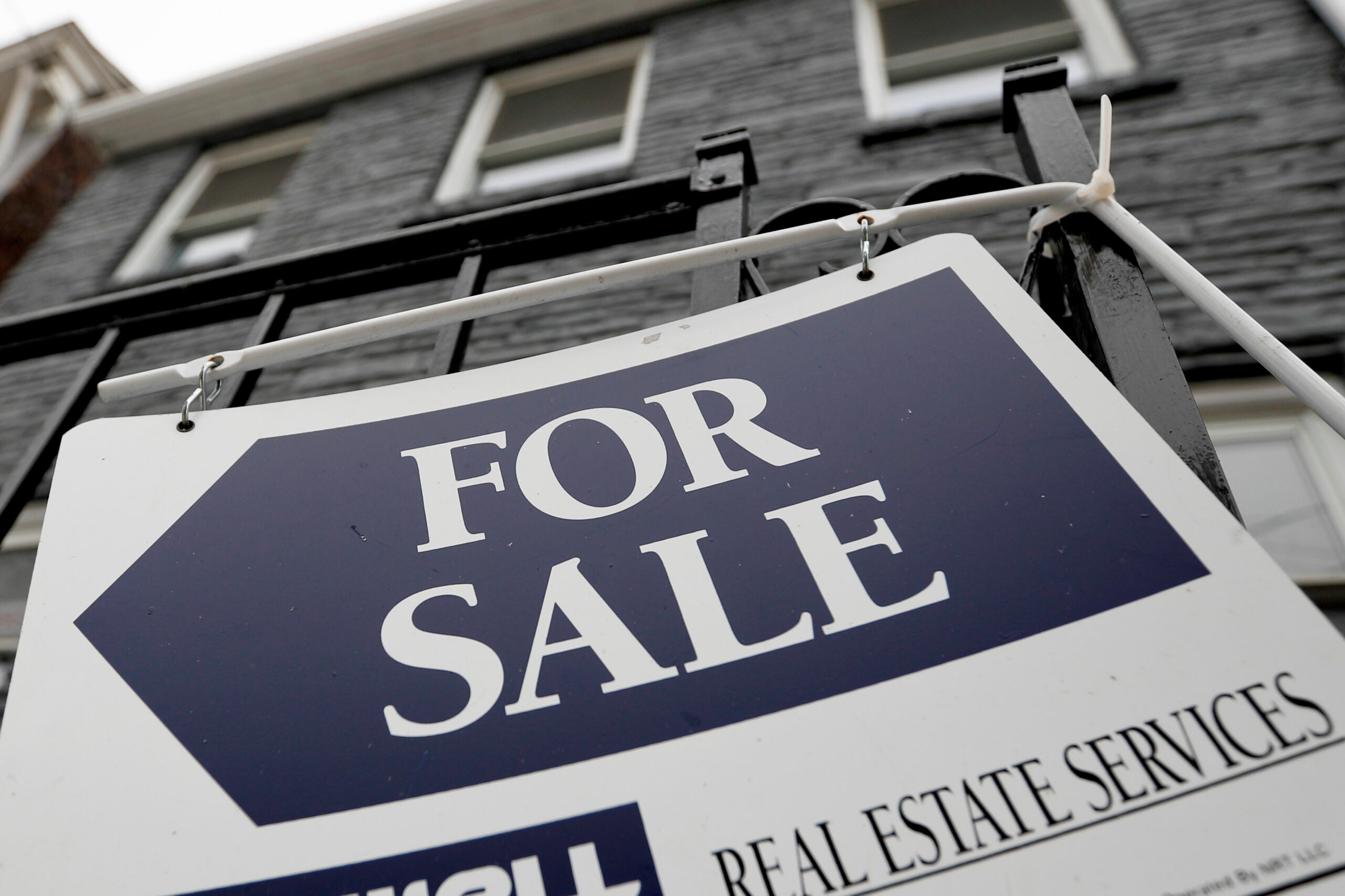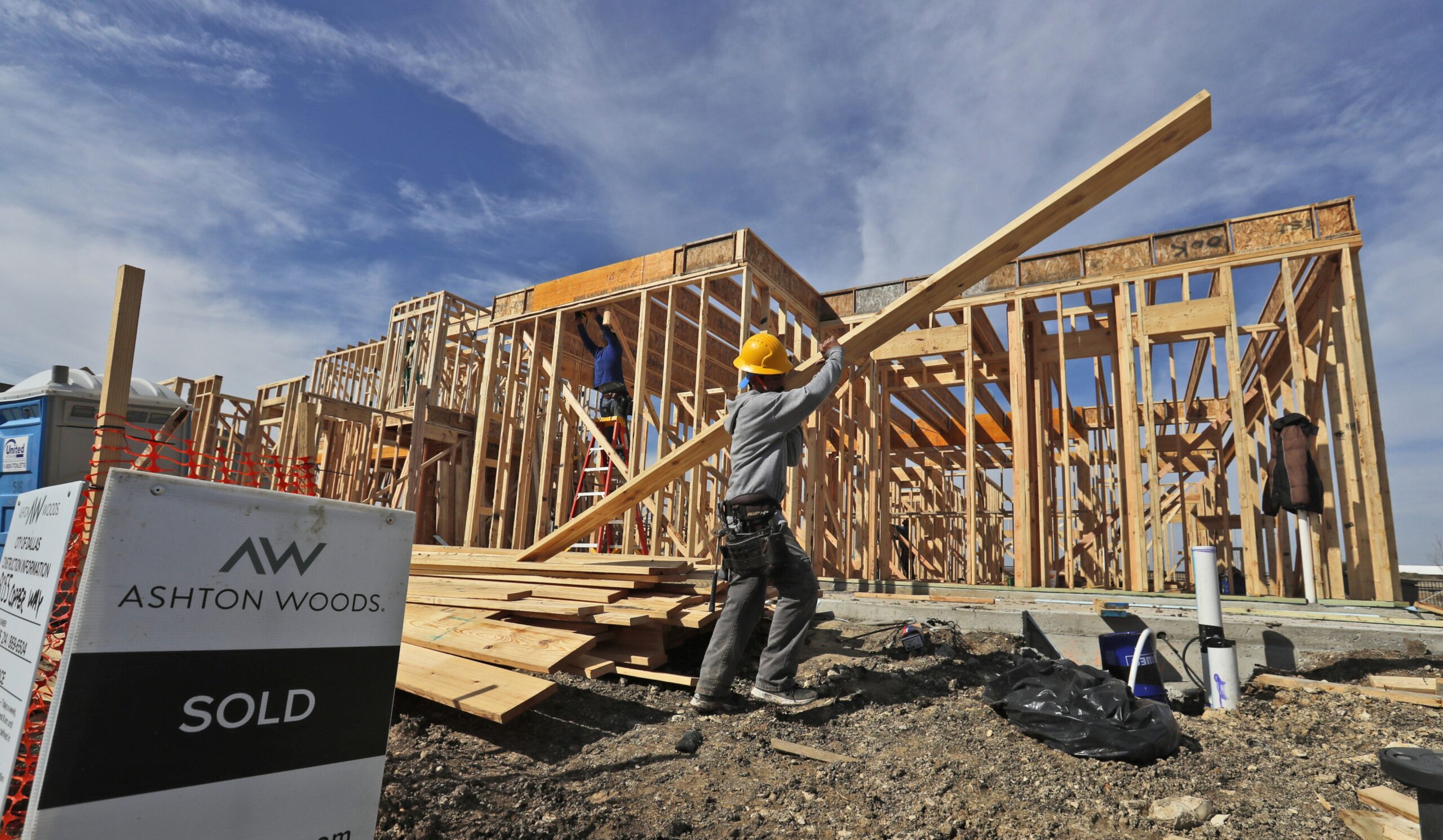A new bipartisan bill aims to incentivize housing developments in rural Wisconsin.
It’s one of a pair of new bills aiming to address the state’s housing shortage. The other would raise lending limits for low-interest loan programs launched in a bipartisan push last year.
The tax credit bill directs the Wisconsin Housing and Economic Development Authority, or WHEDA, to give 35 percent of its annual credits to developments in rural areas and loosens financing restrictions for projects receiving credits.
News with a little more humanity
WPR’s “Wisconsin Today” newsletter keeps you connected to the state you love without feeling overwhelmed. No paywall. No agenda. No corporate filter.
The lending bill concerns three programs that pay for infrastructure around new housing, new downtown housing and converting commercial spaces. The bill allows WHEDA to give larger loans, covering more of a development’s costs.
“Everyone hears from their constituents about the cost of housing, and we all realize there’s a problem,” said Sen. Jamie Wall, D-Green Bay, one of the legislators introducing the bills and a member of the state Senate’s housing committee.
“Any unit of housing helps everybody in the housing market — just increasing supply is the key thing we need to do to work ourselves out of this problem,” he said.
In a memo to other lawmakers, Sen. Romaine Quinn, R-Birchwood, said the lending bill responds to the loan program’s first-year track record.
“The programs have been underused because the current level of financing does not make developments financially feasible,” Quinn wrote. “By increasing the caps on the loans, additional capital will be provided to ensure more projects get underway,” he wrote.
State increasing focus on rural affordable housing
“We want to make sure there’s a pot of money that rural can use,” said Rep. David Armstrong, R-Rice Lake, who is co-sponsoring the bill.
WHEDA already has its own standards for awarding tax credits to rural developments, aiming to give them 25 percent of its credits. It uses a definition of rural areas based on the U.S. Department of Agriculture’s multifamily housing lending program.
WHEDA awards the tax credits in annual rounds. Last year, 24 developments received credits. Six of them, or 25 percent, fit the new bill’s standards for rural areas.
WHEDA has released this year’s list of 30 tax credit applicants. Seven of those developments are rural.
The new bill says that the 35 percent requirement doesn’t apply if the agency doesn’t get enough applications from rural developments.
Legislature may consider boosting low-income tax credit funding
Armstrong and Quinn were the tax credit bill’s chief authors.
The version of the bill they circulated among legislators would boost the amount WHEDA could grant in tax credits annually, from $42 million to $100 million.
That funding increase is now in Gov. Tony Evers’ 2025-27 budget proposal. Armstrong said the budget process may not yield the full $100 million, but he’s still hoping for a boost.
“Sixty-two is what I’m shooting for, because that’ll be $20 million up, at a minimum,” he said.
“I’ll come back next time and see if I can get some more,” he said.
He said $100 million in tax credits would be enough for WHEDA to fund every application they get.
Wisconsin Public Radio, © Copyright 2025, Board of Regents of the University of Wisconsin System and Wisconsin Educational Communications Board.



